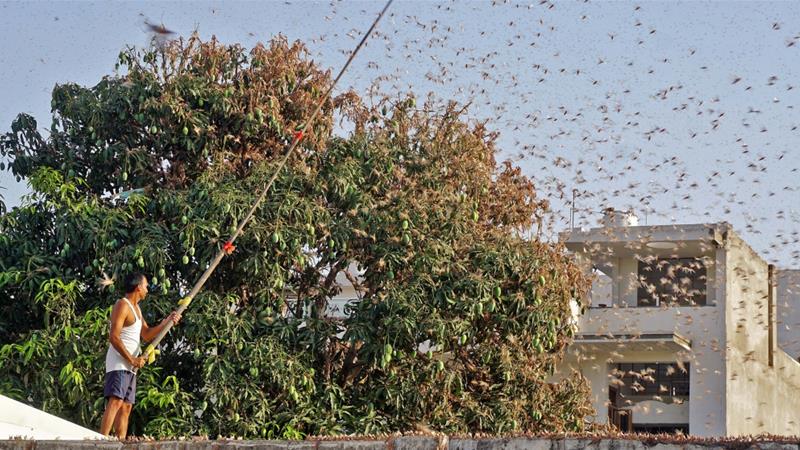
'Locusts pose threat to flights': DGCA issues guidelines
The Directorate General of Civil Aviation on Friday issued guidelines for stakeholders like pilots and engineers on how to deal with locust swarms, saying they pose a threat to aircraft in the critical landing and takeoff phase of a flight.

Aviation regulator Directorate General of Civil Aviation (DGCA) on Friday (May 29) issued guidelines for stakeholders like pilots and engineers on how to deal with locust swarms, saying they pose a threat to aircraft in the critical landing and takeoff phase of a flight.
“Generally, locusts are found at lower levels and therefore pose a threat to aircraft in the critical landing and takeoff phase of the flight. Almost all air intake ports of the aircraft will be prone to ingestion in large numbers, if the aircraft flies through a swarm (areas like engine inlet, air-conditioning pack inlet etc.),” the regulator said in its circular.
Pitot and static sources can also get partially or fully blocked while flying through locust swarms, the Directorate General of Civil Aviation said. “Blocked pitot and static sources lead to erroneous instrument indications, especially unreliable air speed and altimeter indications,” it said.
Related news | Rabi crops in India not affected by locusts; efforts on to save kharif crops
A pitot tube in airplanes is used to measure the flow speed of the wind.
India is currently battling the worst desert locust invasion in more than 21 years. The crop-destroying swarms first attacked Rajasthan and have now spread to Punjab, Gujarat, Maharashtra, and Madhya Pradesh, affecting at least 100 districts.
Officials have also warned that these locusts could affect 12 more districts in the next six hours.
Furthermore, officials said there could be another swarm of locusts from Pakistan entering India around mid-June.
(With inputs from agencies)

